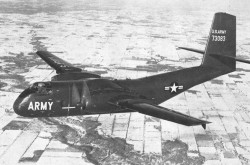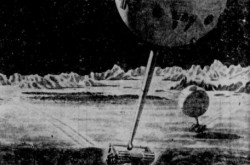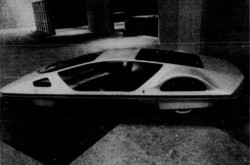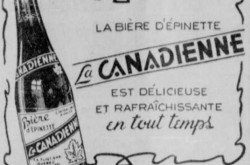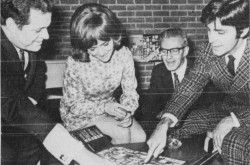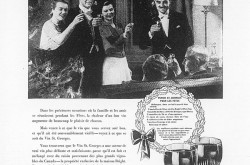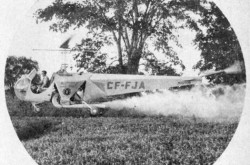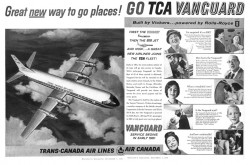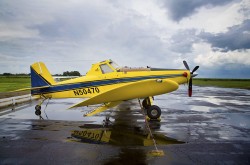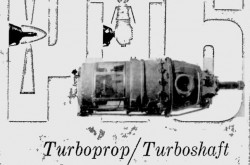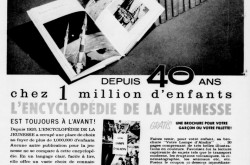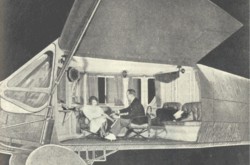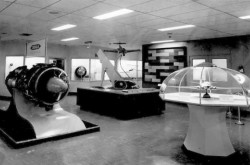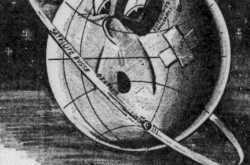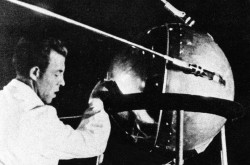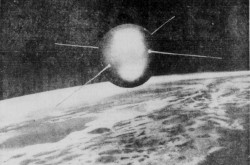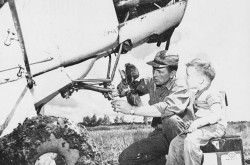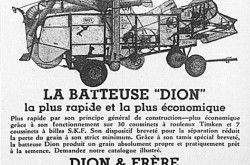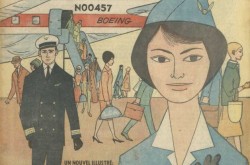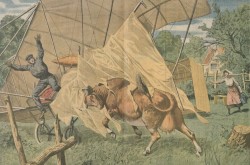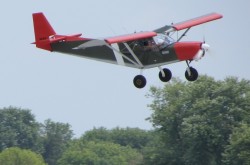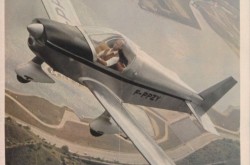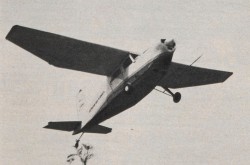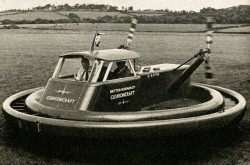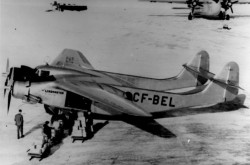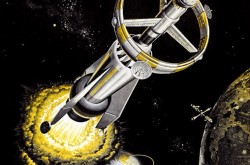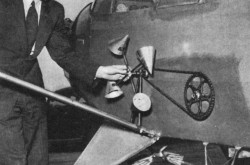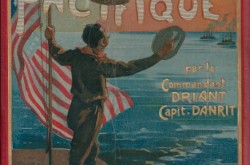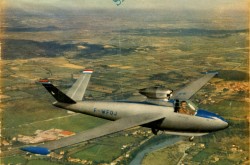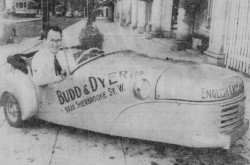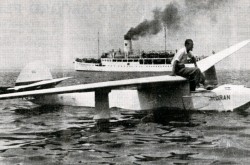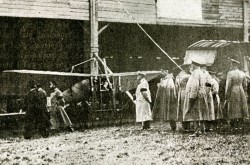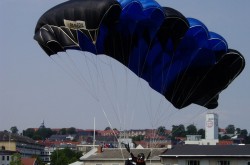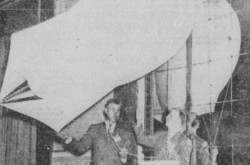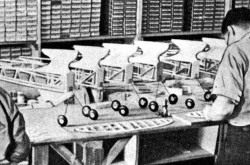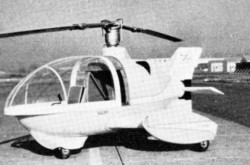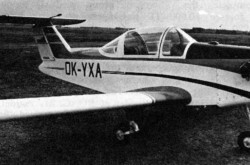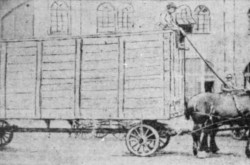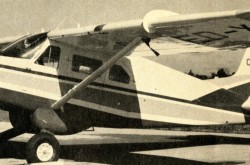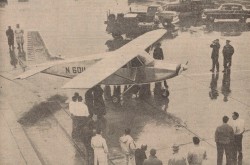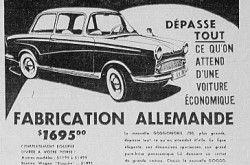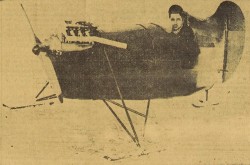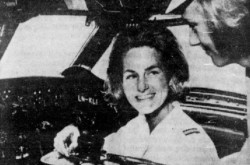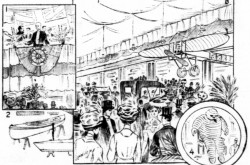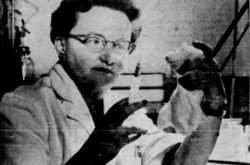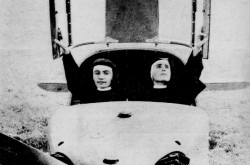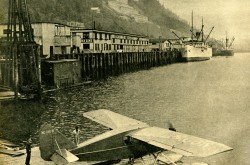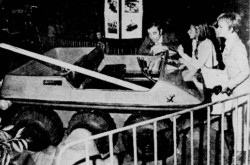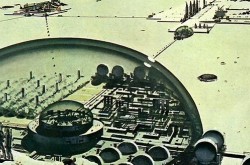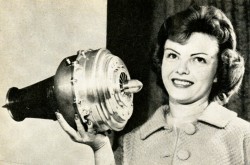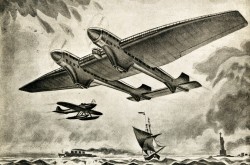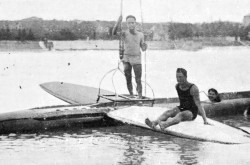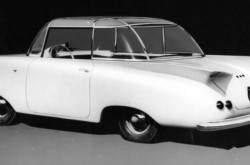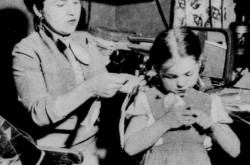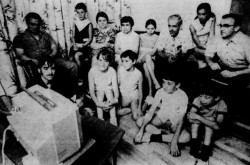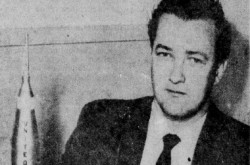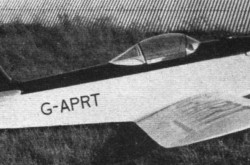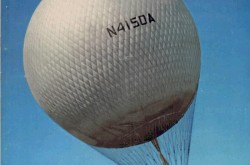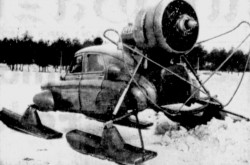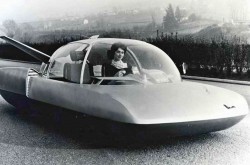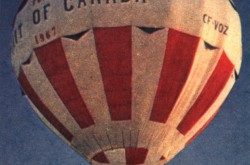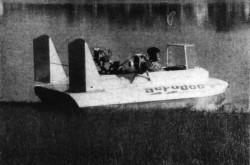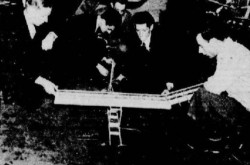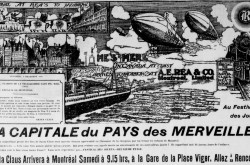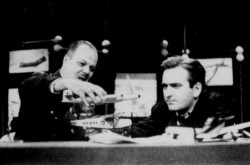Four wheels for all seasons: The all-terrain vehicles of Loman Incorporée of Richelieu, Québec

Welcome to the Salon camping, chasse et pêche 73, held at Place Bonaventure, in Montréal, Québec, from 23 March to 1 April 1973, my reading friend. More specifically, welcome to the booth of one of the exhibitors, Loman Incorporée of Richelieu, Québec, a firm founded in March 1970 in Granby, Québec.
Our visit to that site was / is due to the fact that our topic of the week was / is a four-season all-terrain vehicle (ATV) produced by Loman which attracted the attention of many people who visited said salon. Here is another photograph of one of those small single-seat vehicles…

A typical Loman 225 all-terrain vehicle. André Lejeune, “Vive le plein air – Un véhicule quatre-saisons.” Photo-Journal, 30 April to 6 May 1973, 48.
And no, you are right, my perceptive reading friend, the Loman 225 was not an amphibious vehicle. This being said (typed?), let us not go too far in describing that ATV. Would it not be better to start at the very beginning of this story?
As was said (typed?) above, Loman came into this world in March 1970. It was then a dealer / repair shop specialising in the sale and maintenance of ATVs. The name of the firm was inspired by the names of 2 of its 3 founders, the industrialist Rémi Loiselle and the commercial representative Jacques Manny who respectively became president and vice-president.
In November, Loiselle and a few local / regional personalities took part in a ground breaking ceremony on the site of Loman’s future factory, in Richelieu, which would manufacture a new type of ATV. Indeed, the first vehicle was scheduled to leave the original site in Granby, I think, in January 1971.
Loman seemed to have the wind in its sails. In fact, it planned to offer its ATV across Canada. Better yet, Loman’s management claimed to have signed an agreement with an American firm to sell at least 10 000 examples of its ATV, apparently dubbed Loman SS by June 1971 at the latest.
Producing that mass of ATVs, however, could take some time. You see, the workers of the firm, 20 to 25 initially, would produce only… 25 vehicles per week.
Even so, a furniture and appliance retailer of Douville, Québec, interested in ATVs, Albany Tétrault Incorporée, seemed so confident of the sale potential of said ATV that it paid for a full-page advertisement in a June 1971 issue of a weekly, Le Courrier de Saint-Hyacinthe of… Saint Hyacinthe, Québec.
While Loman’s ATV looked a little bit like a miniature automobile legally capable, it was hoped, of driving on back roads, its internal configuration seemed more like that of a snowmobile.
Indeed, it was equipped with a type of engine frequently encountered on that type of vehicle, an engine manufactured in Japan by a manufacturer of forestry and agricultural machinery, as well as outdoor motorised equipment, Kabushiki-Kaisha Kyōritsu, but imported, via an American subsidiary, Kioritz Corporation of America, by Canadian Curtiss-Wright Limited of Rexdale, Ontario, a subsidiary of Curtiss-Wright Corporation, an American manufacturing firm and former aeronautical giant mentioned moult times in our blog / bulletin / thingee since November 2017.
Would you believe that it was possible to replace the front wheels of the Loman ATV with skis when the winter season arrived? Indeed, again, one wonders if each vehicle was sold with these skis – and a tool kit.
Speaking (typing?) of skis, the following advertisement might interest your little gray cells…

A Loman Incorporée advertisement showing the firm’s ATVs on wheels and on wheels and skis. Anon., “Loman Incorporée.” La Patrie, 8 June 1972, 28.
Loman moved its penates from Granby to Richelieu in August 1971, possibly after the end of construction work on its small factory and…
What is wrong with you, my reading friend? The meaning of that terroir / homegrown expression escapes you? Sigh… The quality of the education offered in this world has declined significantly since my early years. Well, know then that, in the present context, its penates means its offices, its digs. Cur simplici vocabulo uti si tam bene complicatum verbum facit officium? In other words, why use a simple word if a complicated word does its job so well? Is that not the motto of museum curators around the world – and the bane of exhibit planners? (Hello EG, EP, VW, etc.!) Sorry, sorry. I digress.
By October 1972, Loman had at least one dealership in Western Canada: Alberta Marine and Small Engines Limited of Calgary, Alberta. The firm also seemed to have changed the name of its ATV from Loman SS to Loman 225 by that time at the latest. Mind you, the designation Loman IS was also used. By early 1974, Loman had at least one dealership in Ontario, Archer Construction and Equipment Limited of North Bay.

A typical Loman Fun Cycle pedal boat. Anon., “Une version améliorée du pédalo.” Photo-Journal, 16 to 22 April 1973, 63.
It should be noted that Loman was not slow in starting the production of a pedal boat, in French a pédalo, a term whose creation, in France, dated back to the 1930s, when two shipwrights, I think, brothers Jean-Eugène and Georges-Henri Canton, obtained a series of 4 patents, between October 1934 and March 1947, for pedal boats with 2 parallel floats and 2 seats, but I digress. Again.
When did that production of pedal boats begin in Richelieu, you ask, my reading friend who loves swimming and / or water sports? A good question. The small, folding, easily transportable and single-seat, I think, Loman Fun-Cycle pedal boat appeared in the press in March 1973, during the aforementioned Salon camping, chasse et pêche 73. However, it made its first public appearance at the Salon nautique, which was also held at Place Bonaventure, from 24 February to 4 March 1973.
Interestingly, the Fun Cycle could be equipped with a very small outboard motor, very useful for those who do not like to pedal too much. The support for such an engine was sold with every example of that pedal boat.
A brief mention in an article published in June 1980 in Le Droit, the only francophone daily in Ottawa, Ontario, suggested that the Fun Cycle might, I repeat might, still have been in production at that time.
And you have a question, my reading friend… When did the pédalo make its appearance in Québec, you ask? Why do you not ask me for the winning number of the lottery of your choice, while you are at it? Sigh… This being said (typed?), please note that a flotilla of small pedal boats appeared in the spring of 1937 at Dominion Park in Montréal, one of the largest amusement parks in Canada, but back to our ATV.
The oil crisis which exploded on the world stage in October 1973 changed the deal regarding the production of the Loman 225.
In reaction to the support given to Israel by the United States during the Yom Kippur War / Ramadan War / October War / 1973 Arab–Israeli War / Fourth Arab–Israeli War, in October 1973, the Munazamat al’Aqtar Alearabiat Almusadirat Lilbitrul, in other words, the organisation of Arab petroleum exporting countries, reduced its production by 5%. Worse still, it intended to reduce its production by 5% per month as long as the Tsva ha-Haganah le-Israel, in other words the Israeli defence forces, did not evacuate all of the Arab territories occupied during the Six Day War of June 1967.
The organisation of Arab petroleum exporting countries also imposed an embargo against the United States and other countries which supported Israel, but not really against Canada. In the United States, millions of motorists flocked to gas stations. Many of these soon found themselves dry. All over the country, there was panic.
The administration headed by Richard Milhous “Tricky Dick” Nixon was so shocked by what was happening that it briefly considered seizing by force the oil fields of countries such as Saudi Arabia, Kuwait, etc. I kid you not.
Let us not forget that, in October 1973, Nixon was mired up to his neck in the Watergate scandal. One wonders how the United States Congress and the people of the United States would have reacted to the news of attacks launched against Arab countries hitherto friendly to the United States by a president who deserved to be impeached. One also wonders how the United Nations Organization would have reacted.
In any event, the embargo of the Arab petroleum exporting countries was not lifted until March 1974. It was lifted despite the fact that the Palestinian populations of the West Bank, the Gaza Strip and East Jerusalem were still under the yoke of the Israeli occupation troops.
In 2023, nearly 50 years later, these same populations were still living in territories under Israeli occupation, more or less amid general indifference, despite numerous United Nations Organization resolutions condemning the violence of the occupation troops. If I may be permitted to quote, out of context, a sentence taken from the great novel Allah is not obliged, published in French in 2000 by the great Ivorian writer and athlete Ahmadou Kourouma, there is no justice on this Earth for the poor.
But back to our topic.
As you might imagine, the price of oil skyrocketed between October 1973 and March 1974 and the entire planet faced a shortage. That global crisis hit the Canadian economy hard. You see, at the time, the country imported large quantities of oil from countries in the Middle East and North Africa.
The dramatic increase in the price of oil significantly affected sales of recreational vehicles such as snowmobiles and ATVs. In the United States, the main market targeted by Loman, for example, the price of a barrel of oil quadrupled in 3 months, going from US $2.90 in September 1973 to US $11.65 in January 1974, sums which correspond to around $26.75 and $107.50 in 2023 Canadian currency.
Since a barrel of oil is a unit of measurement corresponding to approximately 159 litres (35 Imperial gallons / 42 American gallons), the price of a litre of gasoline increased from 17 to 68 cents in 2023 Canadian currency. Once converted in Imperial measurements, the price of an Imperial gallon and of an American gallon went from 76 cents to $3.07 and from 64 cents to $2.56 in 2023 Canadian currency.
Unless I am mistaken, a litre of gasoline cost between $1.40 and $1.65 in Canada in April 2023, did it not, my reading friend? But back to our topic of today.
Like many ATVs of the early to mid-1970s, the Loman SS, 225 and IS appeared and disappeared without leaving much of a trace. It can be assumed that the total number of vehicles produced was not very, very high.
Loman itself disappeared in August 1982.
Interestingly, Rémi Loiselle Industries Limitée was born in Richelieu in November 1979. Yours truly must admit to knowing nothing about that machine shop founded by one of the co-founders of Loman, Rémi Loiselle. This being said (typed?), Loiselle might have acted that way because he suspected that Loman was living its last hours. Rémi Loiselle Industries was dissolved in July 1997.
Curiously, a firm whose ties with Loman remain unknown, Société commerciale Loman Incorporée, was born somewhere in Québec in October 1986. That firm was dissolved fairly quickly, however, in February 1989.
Before I leave you, yours truly would be remiss if I did not mention that a few / several Loman SSs / 225s / ISs might still be roadworthy in 2023.
And that is all for today. Yours truly did promise that I would endeavour to be more concise, did I not?

More Stories by


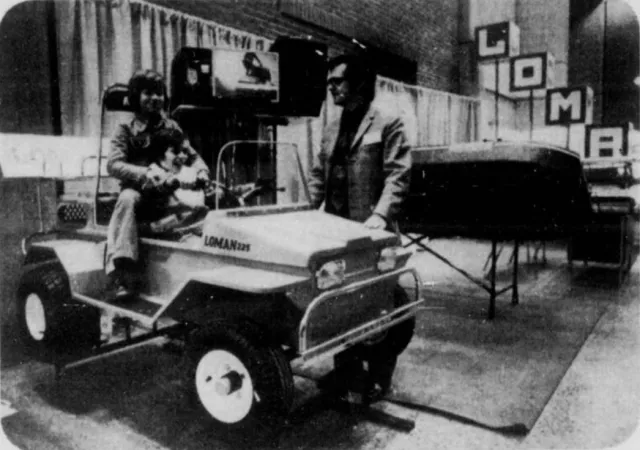





























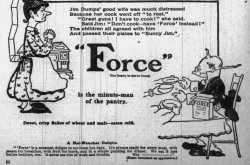
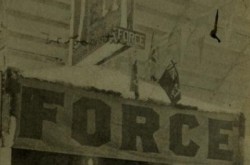
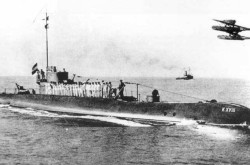
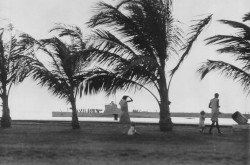
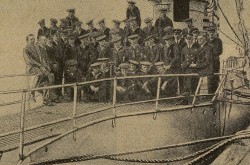
![A block of photographs showing some of the people involved in the bombing of beluga whales in the estuary and gulf of the St. Lawrence River. Anon., “La chasse aux marsouins [sic]. » Le Devoir, 15 August 1929, 6.](/sites/default/files/styles/thumbnail_7/public/2024-09/Le%20Devoir%2015%20aout%201929%20page%206.jpg?h=584f1d27&itok=TppdLItg)
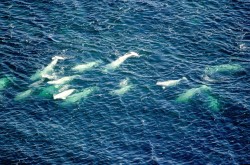
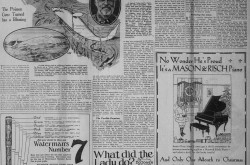
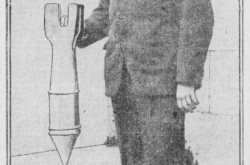
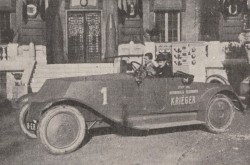
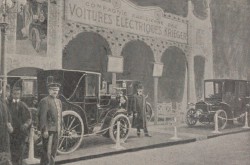
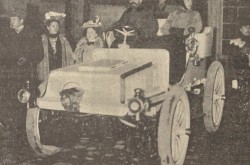
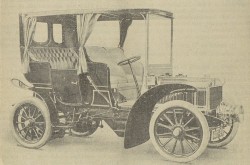


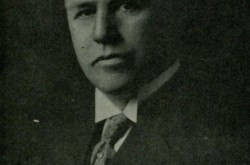
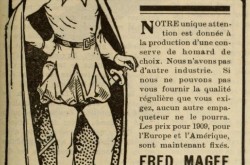
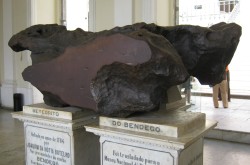
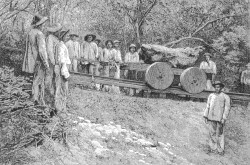


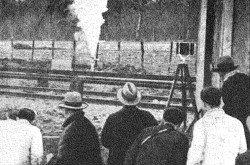
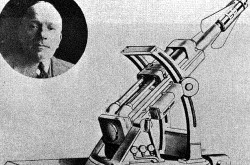


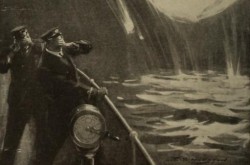
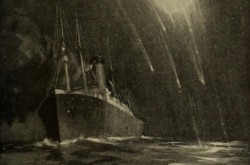
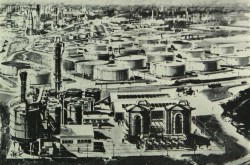
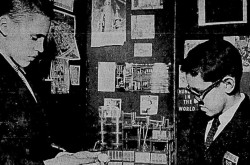
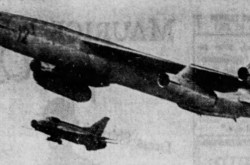
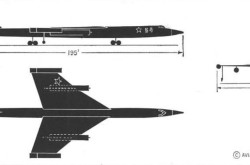
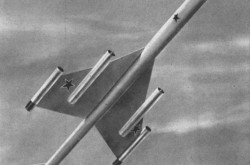
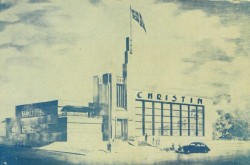
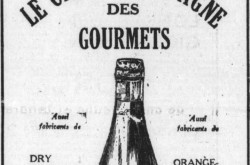
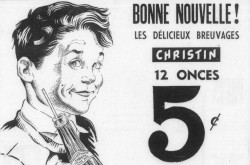
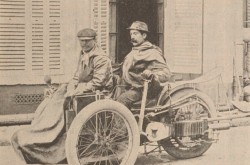
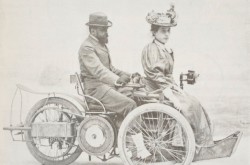
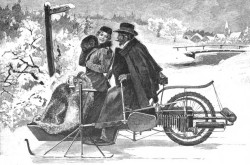

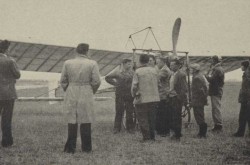
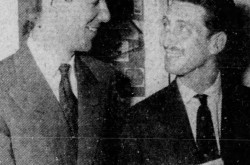

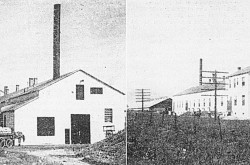
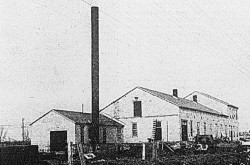
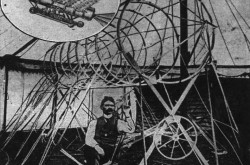
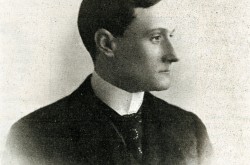
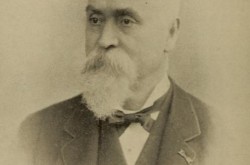
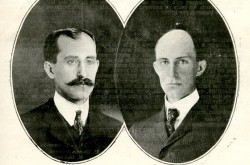
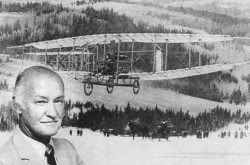
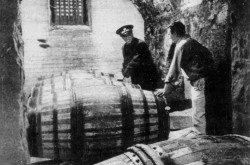
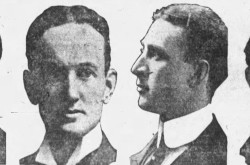
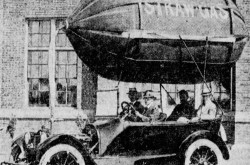
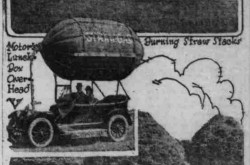
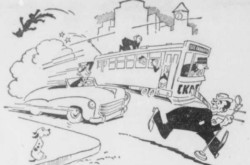
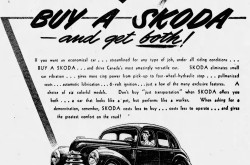
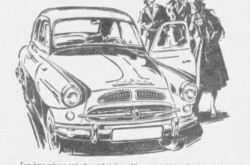
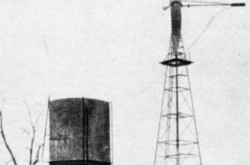
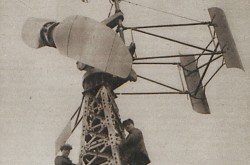
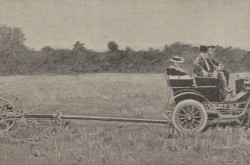
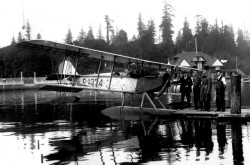
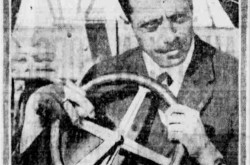
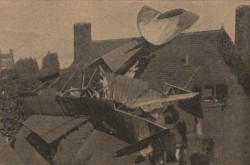

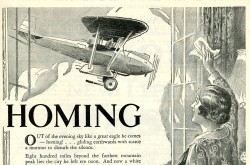
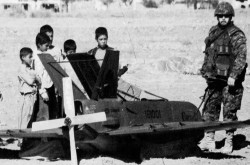
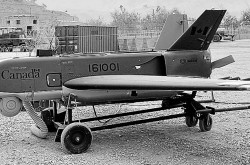
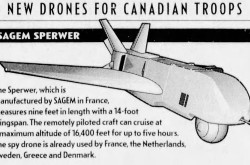
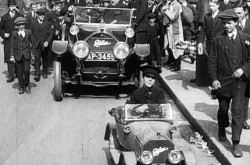

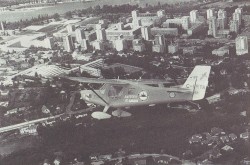
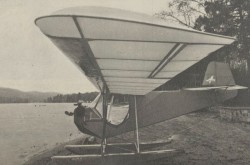
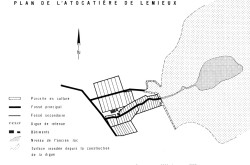
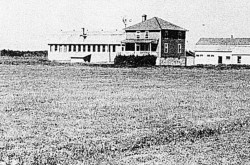
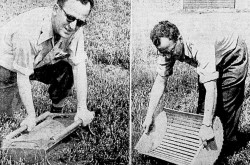

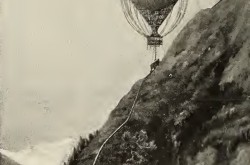
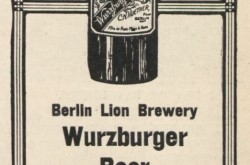

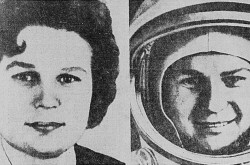
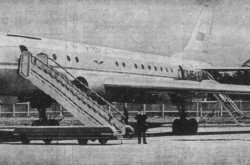
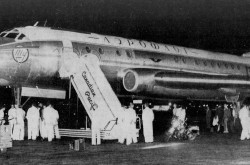
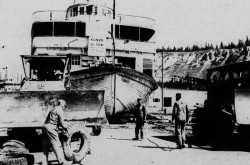
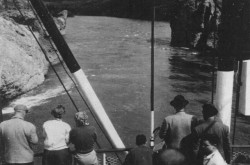
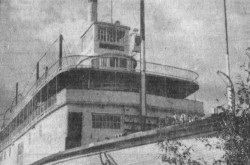
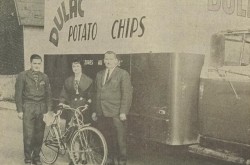
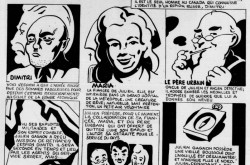
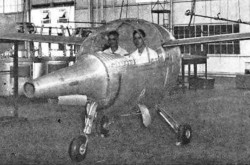
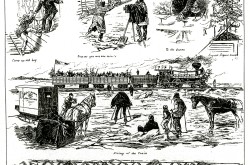
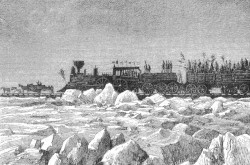

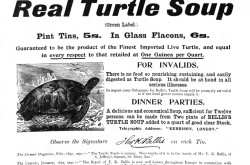


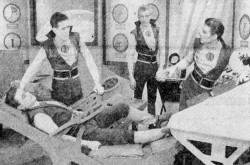
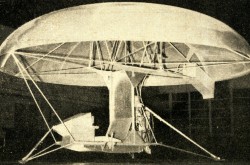
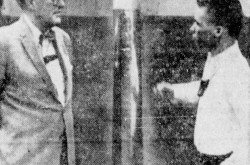
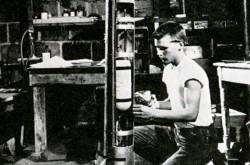

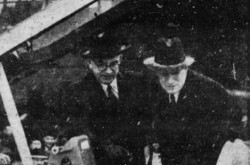
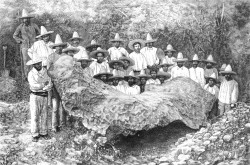
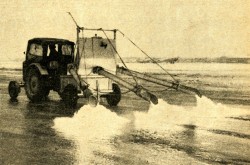
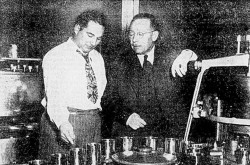
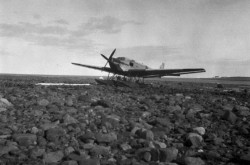
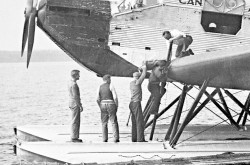
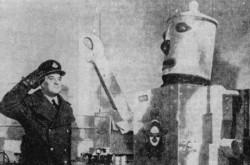
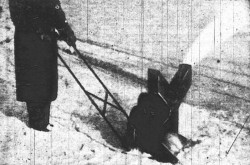
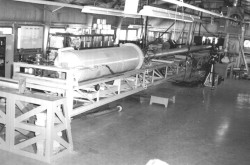

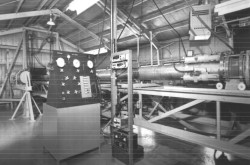

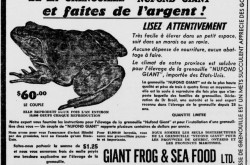

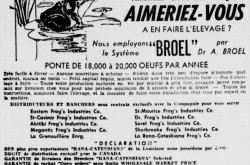
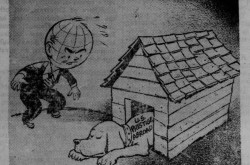
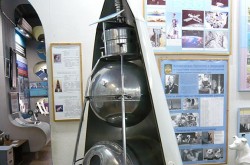
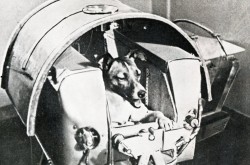
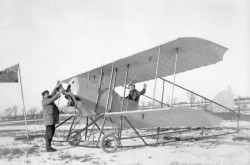
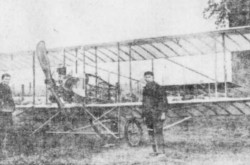
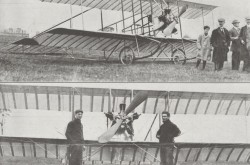
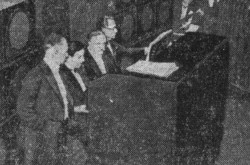

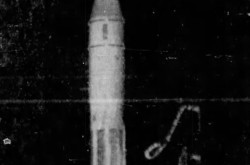
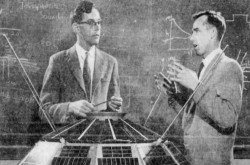
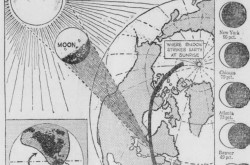
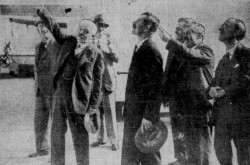
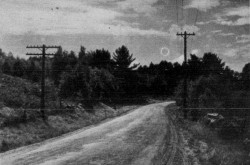


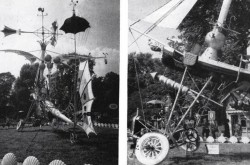

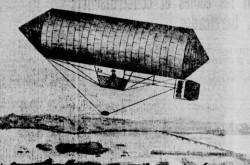
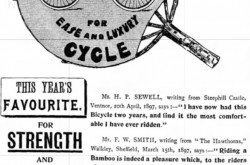
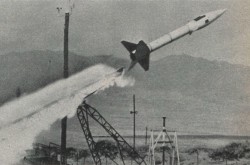
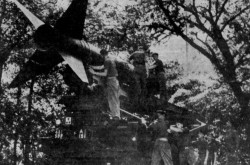
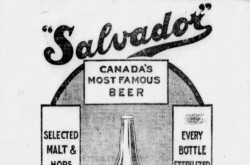
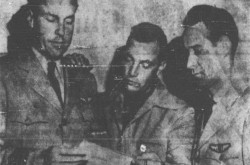

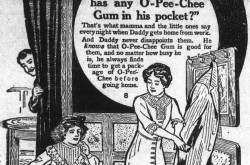
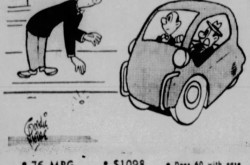
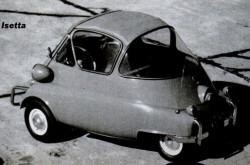

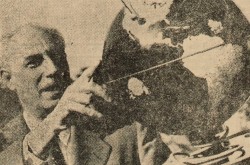
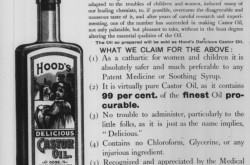
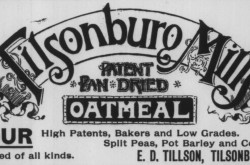
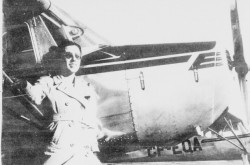
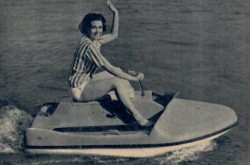



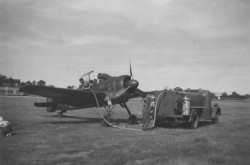
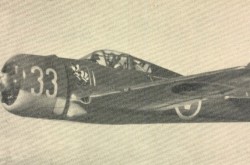
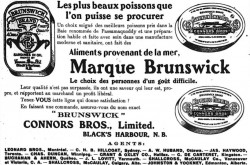
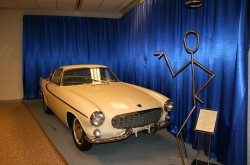
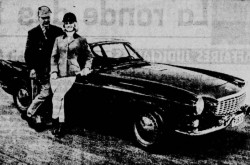

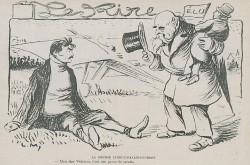
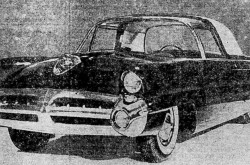
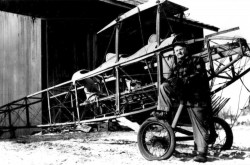

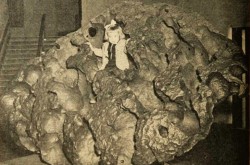

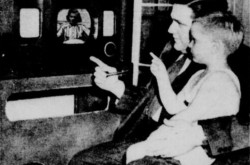
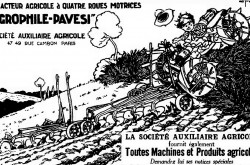

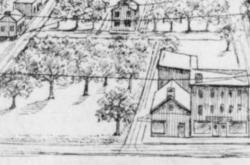
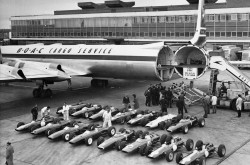
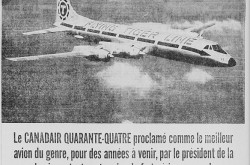
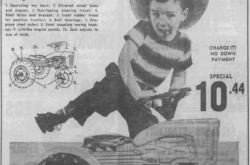
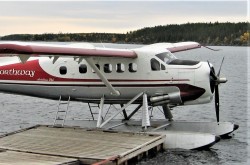
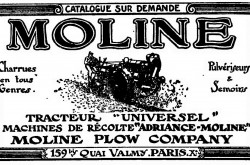
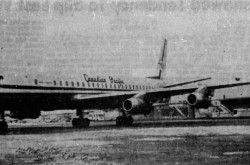
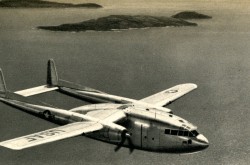
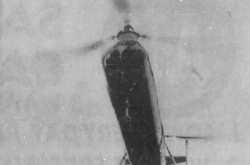
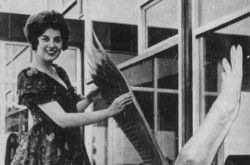
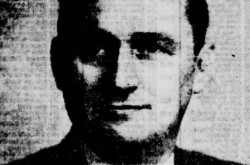
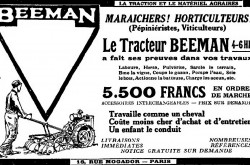
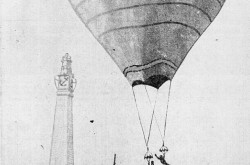
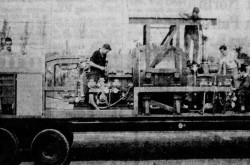
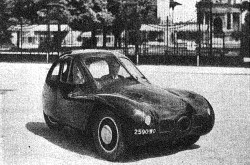
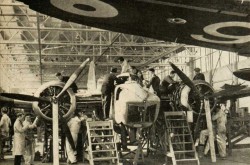


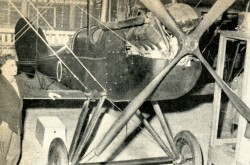
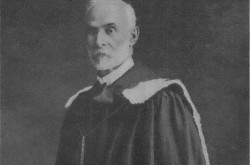
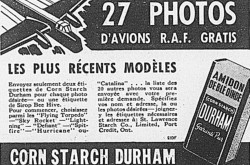
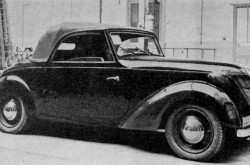
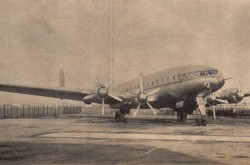

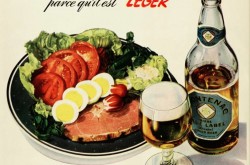
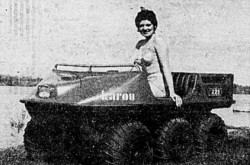

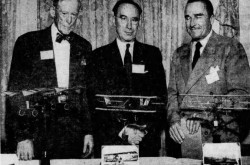
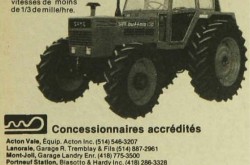
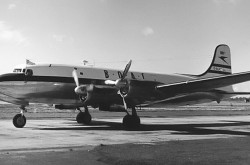
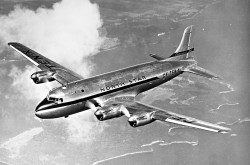
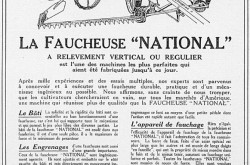
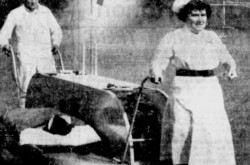
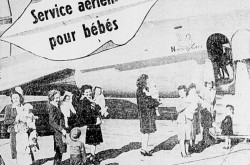
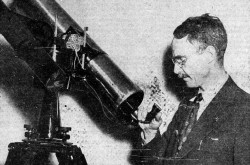
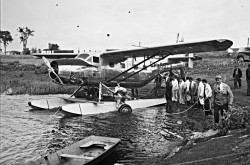
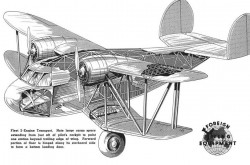
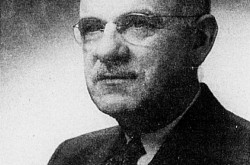
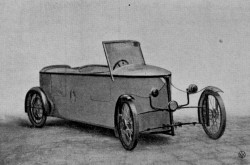
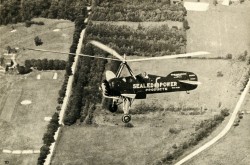
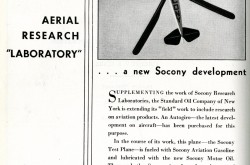
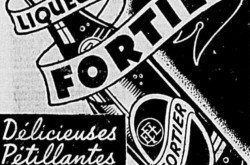


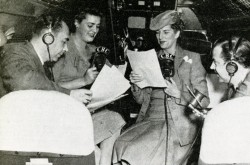
![Peter Müller at the controls [sic] of the Pedroplan, Berlin, Germany, March 1931. Anon., “Cologne contre Marseille – Le mystère du ‘Pédroplan.’ [sic]” Les Ailes, 2 April 1931, 14.](/sites/default/files/styles/thumbnail_7/public/2021-04/Les%20Ailes%202%20avril%201931%20version%20big.jpg?h=eafd0ed4&itok=WnBZ5gMf)
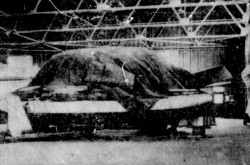
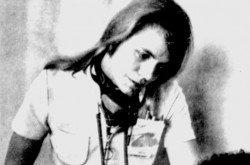
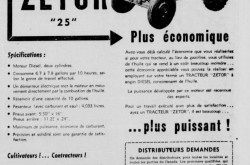
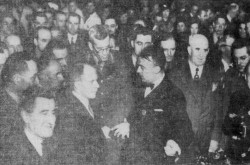
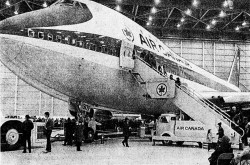
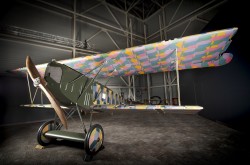
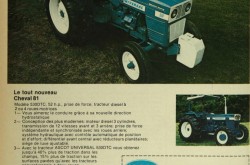
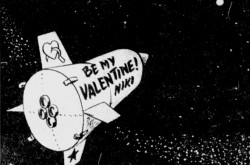
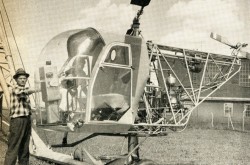
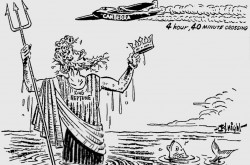
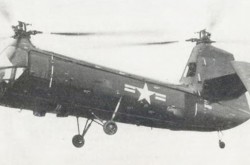
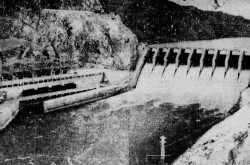
![One of the first de Havilland Canada Chipmunk imported to the United Kingdom. Anon., “De Havilland [Canada] DHC-1 ‘Chipmunk.’” Aviation Magazine, 1 January 1951, cover.](/sites/default/files/styles/thumbnail_7/public/2021-01/Aviation%20magazine%201er%20janvier%201951%20version%202.jpg?h=2f876e0f&itok=DM4JHe5C)
